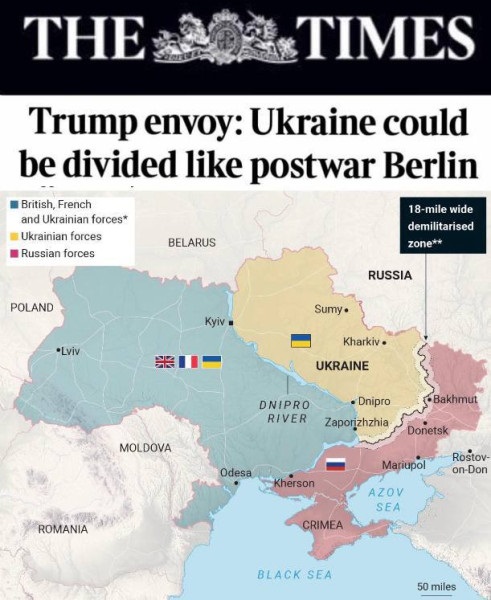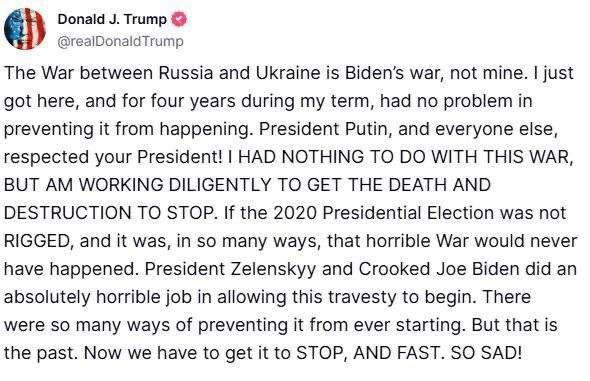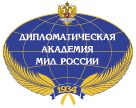
Kellogg’s Partition Plan for Ukraine
Partition plan for Ukraine remains a possible option, just not Kellogg's version, stresses Stephen Bryen, a former U.S. Deputy Under Secretary of Defense.
Is partition plan a realistic outcome for ending the Ukraine war. General Keith Kellogg’s proposal appears to have already encountered difficulties. However, that does not mean that some type of partition is out of the question.
Kellogg’s “plan” would carve up Ukraine into four zones. British, French, and Ukrainian troops, with the potential for others to join, would make up the first zone, western Ukraine. That zone would stretch from the Polish border to the Dnieper river. The second zone. East of the Dnieper would be under Ukrainian control, defended by Ukraine’s army. A third zone would be a buffer area with a depth of 18 miles. A fourth zone would include the Russian “occupied areas” including Luhansk, Donetsk, Zaphorize, Kherson and Crimea. The Kellogg plan does not address the actual boundaries.
The Russians have already said, referring to General Kellogg’s plan, that putting NATO or NATO-state soldiers in Ukraine is unacceptable. The Kellogg plan leaves the juridical status of the areas with Russian troops unclear and it leaves Ukraine’s army at full strength. One implication of the plan is that the war could re-start at any time.
The Kellogg plan is not, despite his statements, like the Berlin agreement. People remember that at the end of World War II, the Allies divided Germany into four zones—the US, UK, France, and Russia. Similarly, the Allies split Berlin, Germany’s capital within the Soviet zone, into four sectors (though the US, British, and French sectors later merged).
The background of the German partitioning came about because of serious disagreements among the allies over Germany’s future, and a shift in the outlook of the US and UK who saw Germany as a geopolitical asset and the USSR as a threat.
For Ukraine, officially the conflict is between Ukraine and Russia, with third parties (especially NATO) supporting Ukraine with arms, advisers, technical support, training, supplies, financial aid and intelligence. Russia’s major advantage is a significant military-industrial base and a large recruitment pool for soldiers. Ukraine, on its own, would have long since disappeared: it is entirely a creature of NATO from a support and resources point of view.
Some kind of partitioning of Ukrainian territory is, however, not out of the question in the future. In fact, it could be an outcome under some circumstances that are not far-fetched by any means.
Looked at along a timeline where the negotiations either fail or drag out without resolution (which may be convenient for the United States and for the Russians, especially if Trump and Putin can’t find a mutually acceptable formula and the Zelensky government continues to act in the mode of enfant terrible), the Russians may be successful in defeating Ukraine’s army on the battlefield or, short of that dramatic result, destroy a significant part of the Ukrainian army in the field, precipitating a real crisis in Kiev.
Zelensky, who cannot really negotiate with Russia (assuming he actually wanted to do so), would face an enormous risk keeping his government in Kiev. The prospect of being captured by the Russians or facing replacement by extreme nationalists in the army and intelligence services, Zelensky may find it convenient to retreat to the west, potentially establishing a Ukrainian government in Lvov, which is far enough away from Russia to be considered more or less secure.
With a new government in Kiev, likely pro-Russian, Ukraine would be practically partitioned — essentially Kellogg’s Zone 1 would become the Zelensky-led Ukraine headquartered in Lvov, and Russia would control everything east of the Dnieper, even possibly Odesa, a city founded by Catherine the Great which Russia considers as Russian. If this scenario plays out, then some sort of European rescue army could plant itself in Zone 1, avoiding a total defeat for Europe, the EU and NATO.
There are many downsides to this scenario. NATO will probably remain in a part of Ukraine, and Russia will not get international recognition for its military conquests. This would reduce the US and NATO burden of militarily, economically, and politically supporting Ukraine. The US would be free to focus its attention elsewhere, mainly Asia and China, and rebuild stockpiles of weapons depleted during the Ukraine war. Europe could boast it stood by Ukraine, but without the consequence of the war spreading outside Ukraine’s borders. NATO would not lose face, nor would Washington.
There is already talk in Europe about reopening Europe (especially Germany and France) to “cheap” Russian energy. That’s a signal that the endgame is in sight. Europe cannot afford an economic collapse that would create upheaval on the continent, stimulate social revolution, and purge the ruling elites responsible for the mess. Even Europe, despite all the war talk, will have to face the necessity of adjusting its vision or face chaos.
All these arguments have the right to life only on one condition - if Russia agrees with them. The goals of the Special military operation are known to everyone.

read more in our Telegram-channel https://t.me/The_International_Affairs

 11:35 16.04.2025 •
11:35 16.04.2025 •






















